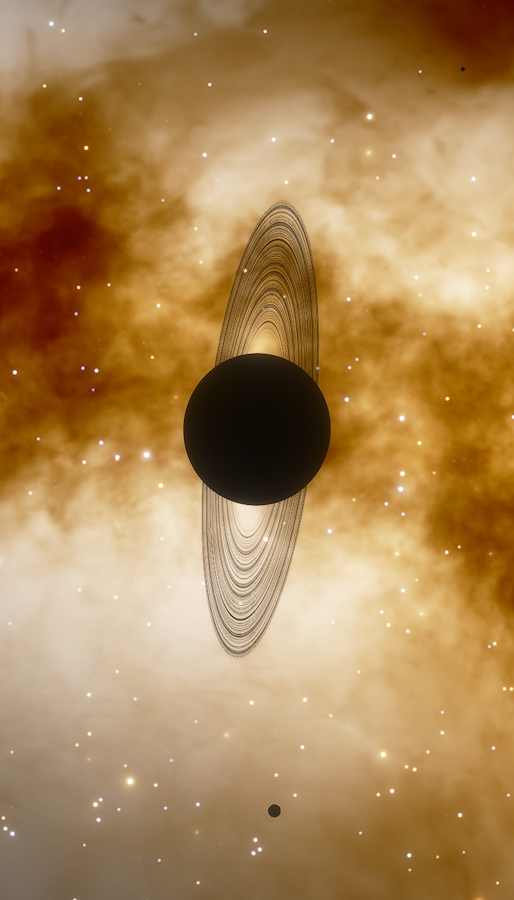Hecate
Initially designated UIP-1, the nephelic planet named Hecate was the first rogue interstellar object discovered by humans and held the record of the largest rogue planet from its discovery in 2183 CE until the Aeneas probe spotted the rogue gas giant Lucina in 2220 CE. Hecate is the definitive major stop for low-cost civilian and cargo transport between Sol and Alpha Centauri, as it is the only known interstellar ice giant between Sol and Alpha Centauri and therefore the largest supplier of fuel and volatiles on this well-traveled route.
Geography
Location
Hecate is located roughly 1.8 lightyears from Sol, 2.35 lightyears from Proxima Centauri, and 2.51 lightyears from Alpha Centauri proper. It is moving in the general direction of the Cygnus Rift at a relative galactic velocity of roughly 12.3 kilometers per second, or about 260 AU per century. Hecate has a moderate ring system and two major planetoid moons: Circe and Medea, both of which are airless icy bodies.Structure
Hecate is fairly typical for an ice giant, being composed of volatiles like hydrogen, helium, and nitrogen with a gradient of density towards its supercritical ice mantle and silicate-iron core. However, millions of years of exposure to interstellar ionizing radiation means that much of its hydrogen and helium has been converted to deuterium and helium-3: the two components of the most common fusion reaction used by interstellar civilizations. This serendipitous compositional quirk makes Hecate one of the best natural sources of fusion fuel in the known galaxy.Archive Data
- Circe (erima)
- Medea (erima)
- 73.9% hydrogen
- 25.7% helium
- 0.4% ammonia
- <0.1% other gases
(HECATE SPHERE)





Comments